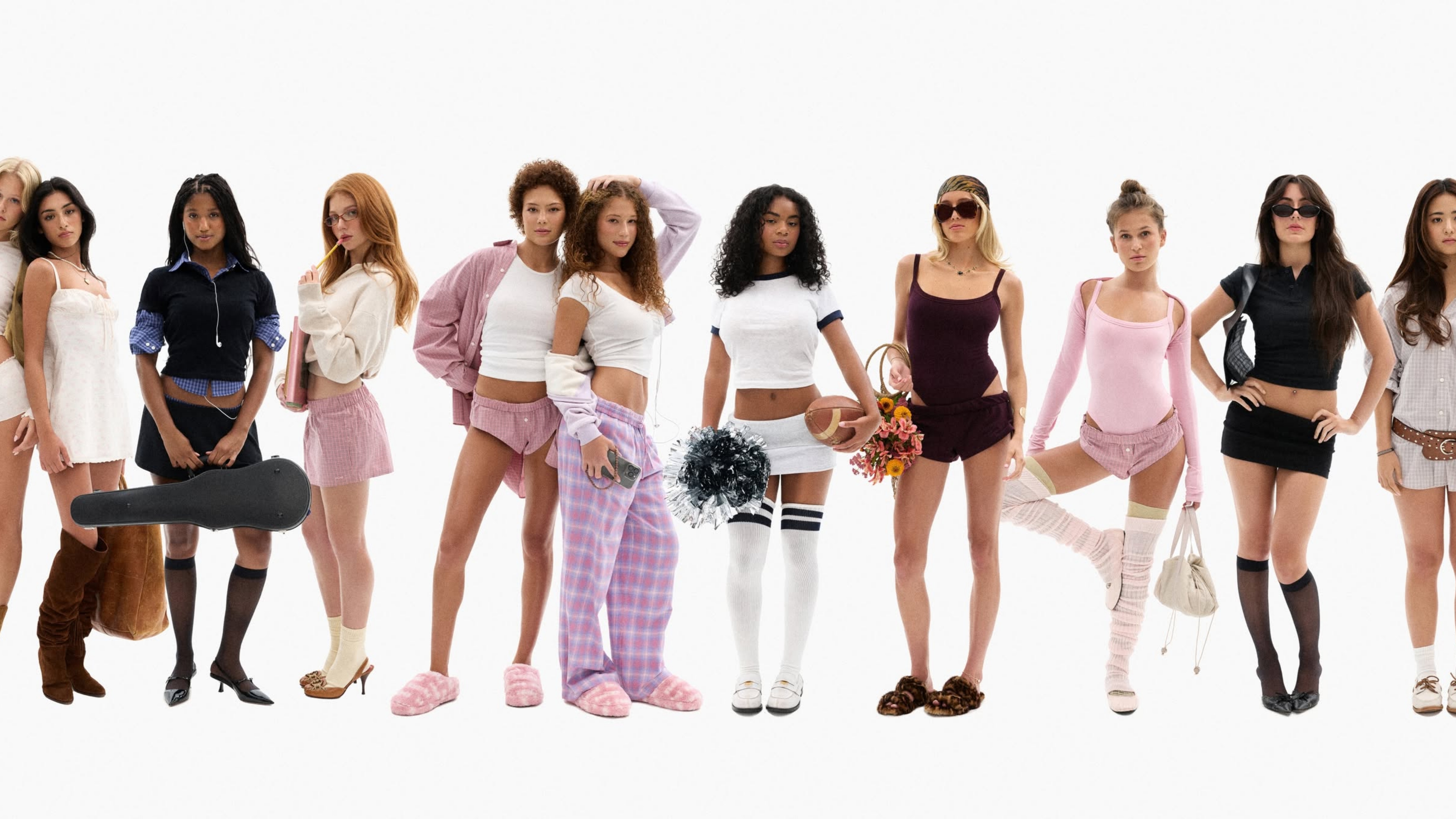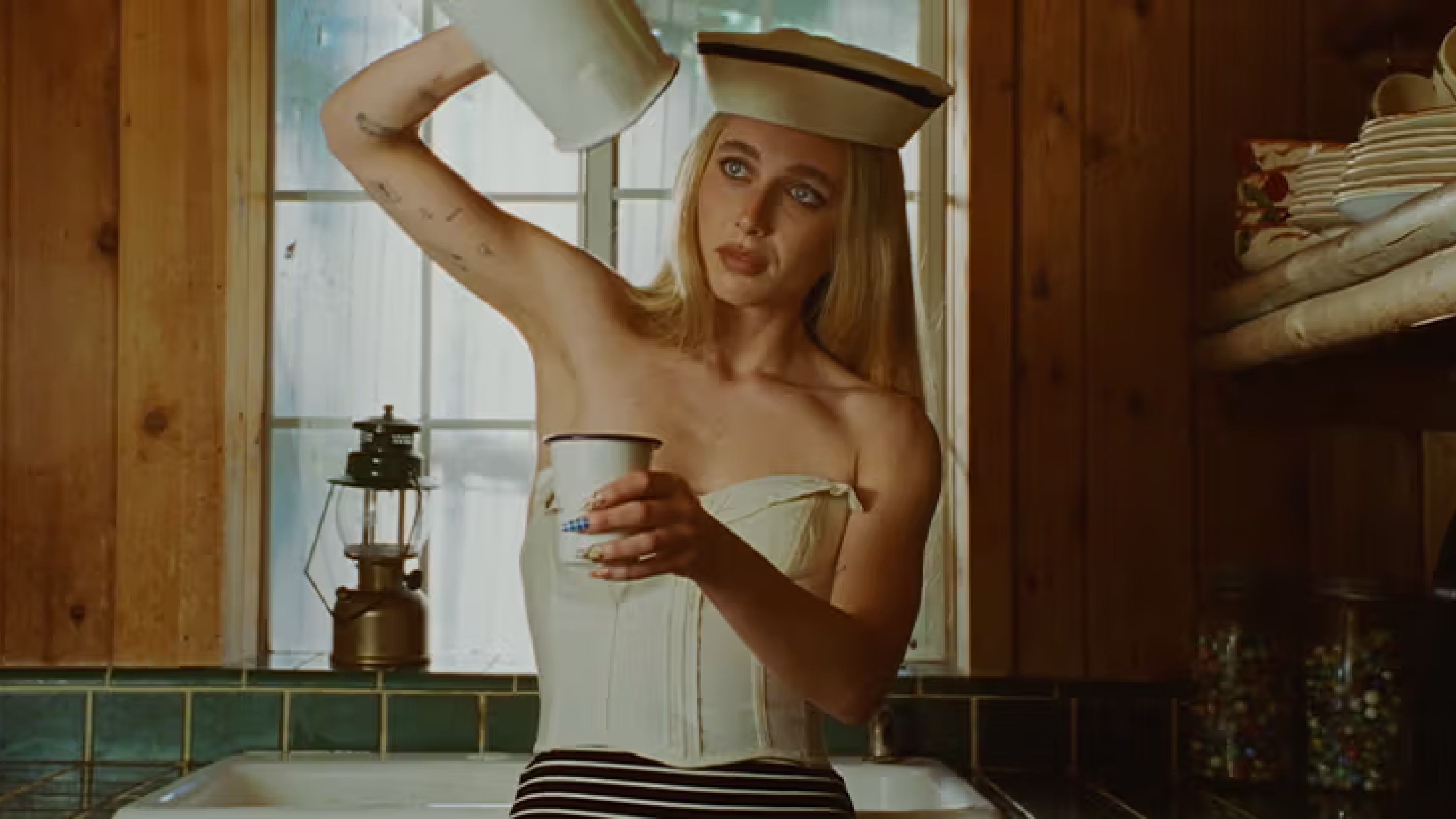Fashion's Nostalgic Appeal
Nostalgia as a Marketing Leverage
Nostalgia, in fashion, is more than just a trip down memory lane; it's a strategic tool wielded by brands to connect with their audience on a deeper, more emotional level. This connection to the past is not merely about resurrecting old styles but about rekindling the emotions and memories associated with them.
By bringing back designs from bygone eras, fashion labels offer a sense of comfort and familiarity, tapping into the collective longing for simpler times or the golden days of youth. This emotional resonance often translates into a strong consumer response, as people are drawn to purchase items that evoke personal or cultural nostalgia.

Scarcity and Desire
The principle of scarcity and desire is as relevant in fashion as it is in economics. When a style or trend becomes rare or seemingly out of reach, it gains an allure that can drive consumer interest and demand. This is evident in the way fashion cycles operate; a style that fades away creates a sense of longing and nostalgia.
When it eventually makes a comeback, it's perceived as a rare, coveted item, fueling a desire among consumers to own a piece of that resurrected trend. Limited editions or exclusive releases further amplify this effect, creating a buzz and a rush to acquire something that's not only stylish but also scarce.

Comfort in Familiarity
There’s an inherent psychological comfort in what's familiar. Reintroducing past trends provides a sense of reassurance, tapping into our fond memories and the desire to relive them. This comfort in the familiar is especially appealing in times of uncertainty or change. It allows consumers to indulge in a sense of nostalgia, not just for the style itself but for the era it represents.
It's a way for people to connect with their past selves or to experience a period they admire but didn’t live through. This psychological aspect is a key driver in why certain trends, seemingly gone for good, find their way back into the fashion mainstream.
Clarks: Embracing '90s Nostalgia
Clarks, the iconic British shoe brand, provides a case study in how to leverage nostalgia effectively. In their revival of '90s styles, Clarks tapped into a rich vein of nostalgia, particularly with their Wallabee shoe, a staple of '90s fashion. This era, marked by the rise of Britpop and hip-hop, saw the Wallabee become a cultural phenomenon, endorsed by bands like Blur and Oasis and rappers like the Wu-Tang Clan and MF Doom. By reviving these iconic styles, Clarks not only appealed to those who lived through the '90s but also introduced these classic designs to a new generation captivated by the allure of vintage fashion.
The authenticity in trend adoption is a critical aspect of Clarks' strategy. The brand focuses on staying true to its heritage, ensuring that any foray into past trends aligns with its brand DNA. This approach has helped Clarks maintain its integrity as a brand while still engaging with current trends. For instance, the Torhill shoe, inspired by the '90s, was a product born out of Clarks' archives, demonstrating the brand's ability to marry its rich history with contemporary styling. This authenticity resonates with consumers who seek brands that are true to their roots while being relevant in the modern fashion landscape.

In its transformation journey, Clarks has modernised its brand to appeal to the modern consumer while maintaining its longstanding reputation for quality and comfort. This transformation included a shift to a digital-first marketing strategy, targeting younger demographics through social media platforms like TikTok and collaborations with modern brands and influencers. These collaborations, ranging from Supreme to Zara, have allowed Clarks to introduce its classic styles to new audiences. Simultaneously, partnerships with figures like Nile Rodgers and Liam Gallagher ensure that the brand remains connected to its more mature consumer base, striking a balance between innovation and tradition.
Takeaways for the Industry
- Leverage nostalgia to connect with consumers' cultural memories.
- Utilise the scarcity of certain trends to create fresh appeal.
- Recognise the power of familiar designs to comfort and attract customers.
Fashion's predictably unpredictable nature offers opportunities for brands to innovate while honouring their heritage. Clarks exemplifies this approach, successfully navigating the fashion cycle by blending nostalgia with modern relevance.






.svg)


.svg)
.svg)





